When I first read the book by Laura Wilson published in 1993, I was struck by how vividly it described the daily life of people living in a Victorian House. The background of the Victorian era—stretching from 1838, the year Victoria became Queen of England, until her death in 1901—sets the stage for an extraordinary period. This was a time of expansion and colonization under the British Empire, when society was quickly becoming more industrialized and increasingly urban. Yet, even with progress, there were sharp gaps between rich and poor people, highlighted by issues of inequality and who truly held voting rights within the Victorian House and beyond.
In my own study of this fascinating age, I’ve often found parallels between then and now. The Victorian House and the world surrounding it, with all its charm and contradictions, remind us how progress often comes unevenly. Reading about Queen Victoria’s long reign, I could almost imagine walking the streets of England—where a grand Empire thrived while ordinary families still faced hardships within their Victorian House. That mix of grandeur and struggle made the Victorian era feel alive to me, not just a distant part of history.
Daily Life in a Victorian House
I remember the first book I read that described a typical day for people living in a Victorian House, and it introduced me to the fictional upper middle-class family, the Smiths. The background of the Smith family felt both ordinary and fascinating, with the members of the Victorian household showing how duty and comfort blended together. Mr. George Smith, the head of the household, was a lawyer with a steady income, while his wife Florence did not work outside the home. Instead, she focused on overseeing household servants, managing household accounts, and keeping track of money spent on expenses like food, clothes, and supplies. She also enjoyed visiting friends and going shopping, which reminded me of how modern social lives are often tied to daily errands within and beyond the Smiths’ Victorian-era home.
What stayed with me most was how the rhythm of this family revolved around support staff within the Victorian House. The cook, two maids, and a nurse cared for the children, making sure the Smiths could maintain their class lifestyle. From my own research into this period, I can see how each role within the Victorian household reflected status and structure. While Mr. Smith brought in the earnings, the family’s well-being was sustained by the quiet labor of those in service. This layered way of life reveals how deeply intertwined privilege and responsibility were in the Smiths’ Victorian-era home, shaping not only daily routines but the very identity of family life in that era.
Daily Life in a Victorian House
In the Smiths’ Victorian-era home, the family story shows how fragile life could be during the Victorian era. Out of three children, one of their daughters had died in infancy—a heartbreaking loss that was sadly common at the time. The eldest boy, Albert, spent much of his youth away at boarding school, while the youngest children, Alice and John, were raised mainly by a nurse within the Victorian household. What struck me most in reading about such families is how parents shared so little direct time with their children, often seeing them for only a short part of the day despite living under the same roof.
In the Smiths’ Victorian-era home, John too was expected to attend boarding school, following the path of his brother Albert, while Alice was more likely to be tutored at home. This separation of roles between sons and daughters reflected the rigid expectations of the Victorian era. Observing these details, I realized how children in the Victorian household grew up shaped not only by education but also by distance from their parents—their lives marked by routine and the care of servants rather than by constant parental presence.
Daily Life in a Victorian House
The Smiths’ Victorian-era home represents many families of that era, where the survival of children was uncertain. Out of three little ones, one of their daughters had died in infancy — something sadly common at the time. The eldest boy, Albert, was already away at boarding school, leaving the youngest children, Alice and John, under the daily watch of a nurse. What fascinated me, while studying such Victorian-era households, was how the parents had so little presence in their children’s lives, sharing only short periods of time in a day despite living together.
As years passed, John too was expected to follow Albert into boarding school, while Alice would likely remain at home, being tutored instead of sent away. That division between sons and daughters in the Smiths’ Victorian-era home reveals how strictly roles were drawn. In my own research, I’ve noticed how these routines shaped identity — the reliance on servants meant the Smiths’ children grew close to caregivers like their nurse, while emotional bonds with parents in the Victorian household were much weaker than what we might expect today.
Daily Life in a Victorian House
The book includes a map of the Smiths’ Victorian-era home, showing how the members followed fixed routines at different times of the day. The servants were always the first to rise, lighting fires to bring heat into the household before beginning their long list of tasks—cleaning, making breakfast, and preparing a large meal. From my own studies, I can picture the smell of freshly prepared food drifting through the rooms, all managed by a skilled cook who knew how to keep order in such a busy Victorian-era home.
What intrigued me most was how work and social life often overlapped within the Smiths’ Victorian-era home. Maids, often in their teens, spent countless hours on duty, with very little free time. Meeting young men was rare, so their suitors were usually young tradesmen selling goods door-to-door. These daily encounters in the household created unexpected connections between female servants and the tradesmen, a reminder that even within structured homes, personal stories unfolded quietly during the daily rounds.
Daily Life in a Victorian House
Inside the Victorian House kitchen, daily routines were shaped by both tradition and new inventions. For the maids, endless cleaning and cooking were time-consuming parts of their job, especially before vacuum cleaners were invented in 1899. Small innovations did make tasks lighter, but the servants still carried much of the burden. Mrs. Smith, like many ladies of her era, avoided menial tasks, leaving the work to those employed in the Victorian House. As I’ve often noticed in historic records, a lady supervising the kitchen would have been seen as interference, something neither the cook nor the other staff welcomed in the Victorian House.
Beyond the chores, the sections of the book that describe children bring an equally vivid picture of life in a Victorian House. In many families, the parents spent little time with their young ones, who started their morning with prayers, an hour with their mother in the afternoon, and then returned to the nursery under the watchful eye of a nurse. This care was steady but formal, with limited warmth, and much like in the Victorian House kitchen, too much parental interference was unwelcome. From my perspective, it shows how the structure of the Victorian House balanced duty and distance—both in domestic service and in family life.
Daily Life in a Victorian House
The sections of the book that focus on toys, games, and entertainment reveal much about the life of a young child in a Victorian House. The vivid description of play makes it clear that even within strict Victorian House households, moments of joy and imagination were essential. I found it fascinating how Albert, though sent away to boarding school, still represents the rhythm of childhood in the Victorian House, where leisure balanced with discipline.
For less fortunate people, play looked very different compared to wealthy families living in a Victorian House. Simple objects often replaced fancy toys, but they still created laughter and bonding. From my own perspective as a researcher of this period, these playful routines give a window into everyday survival and happiness. In the Victorian House, children of all backgrounds shaped their life around both duty and moments of relief, and the era itself was marked by this delicate balance.
Daily Life in a Victorian House
Reading a book that serves as an introduction to Victorian House history often feels like stepping into another life. The descriptions of how people lived are filled with small details—ordinary objects, family routines, and strict rules that shaped their daily lives. In my own research, I’ve noticed how even the pictures in old books of a Victorian House capture the discipline expected of a young student and the transition into adult responsibilities. These images truly remind me of the saying that a thousand words cannot always match what a single set of pictures from a Victorian House can reveal.
What I find most engaging is how education itself was woven into life in a Victorian House. The words on a page were not just lessons but mirrors of society, giving children and adults alike a sense of order. Old descriptions of classrooms often mention how objects like slates, ink, and books became gateways to knowledge. By comparing these sources with visual records from a Victorian House, I feel that the Victorian school system taught far more than reading and writing—it reflected the rhythm of daily life and the expectations tied to it.

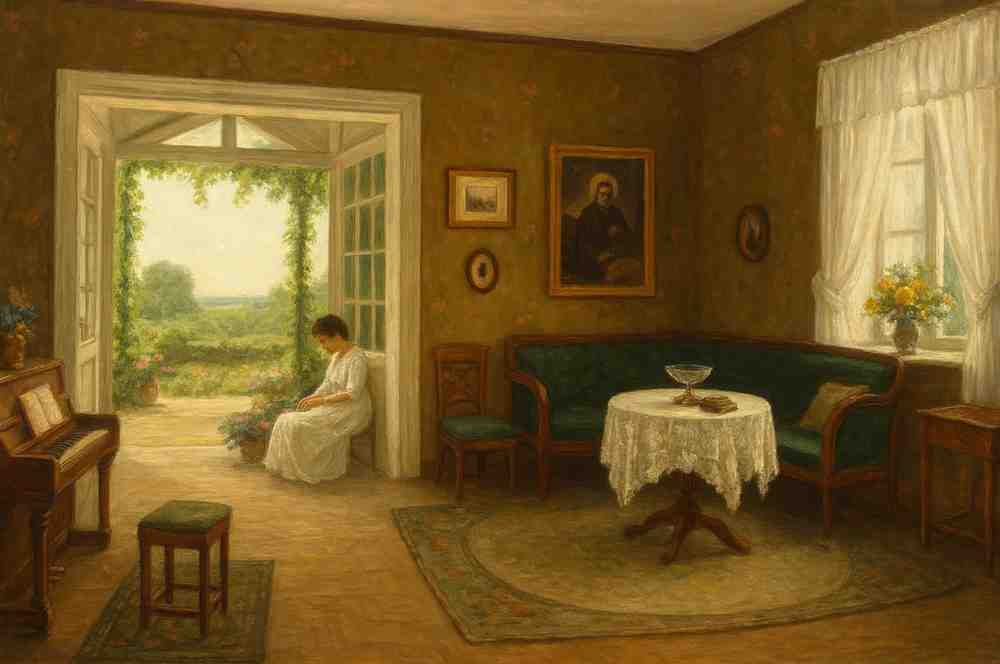
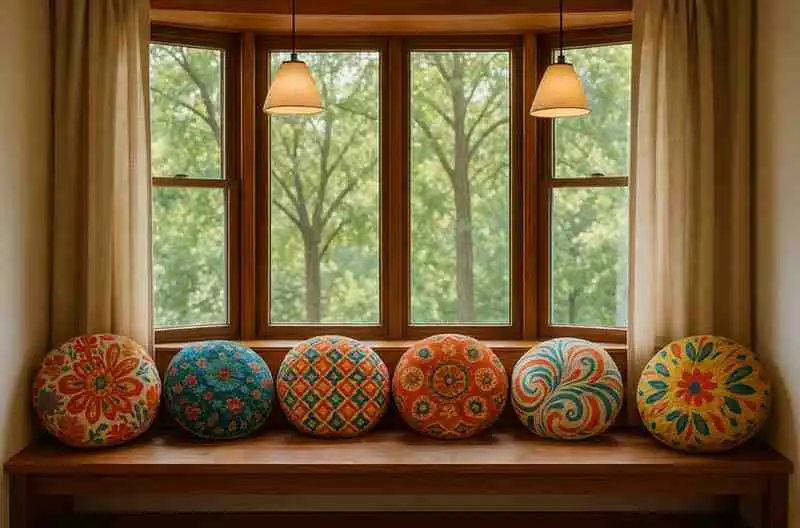

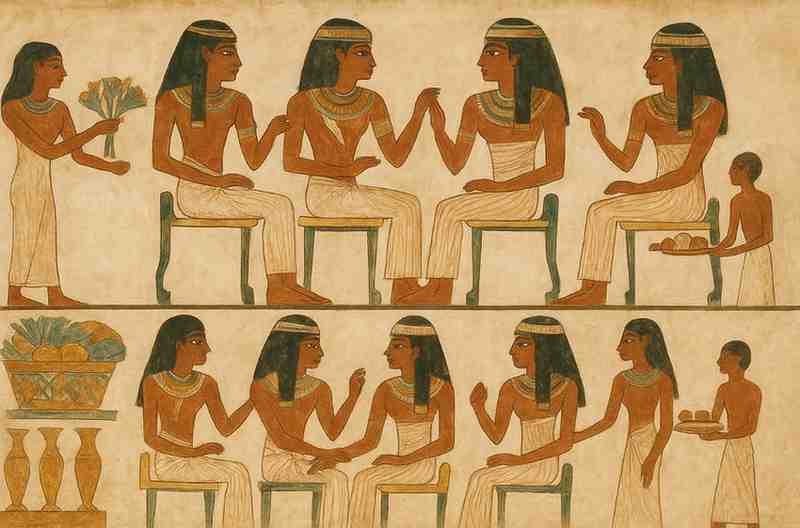
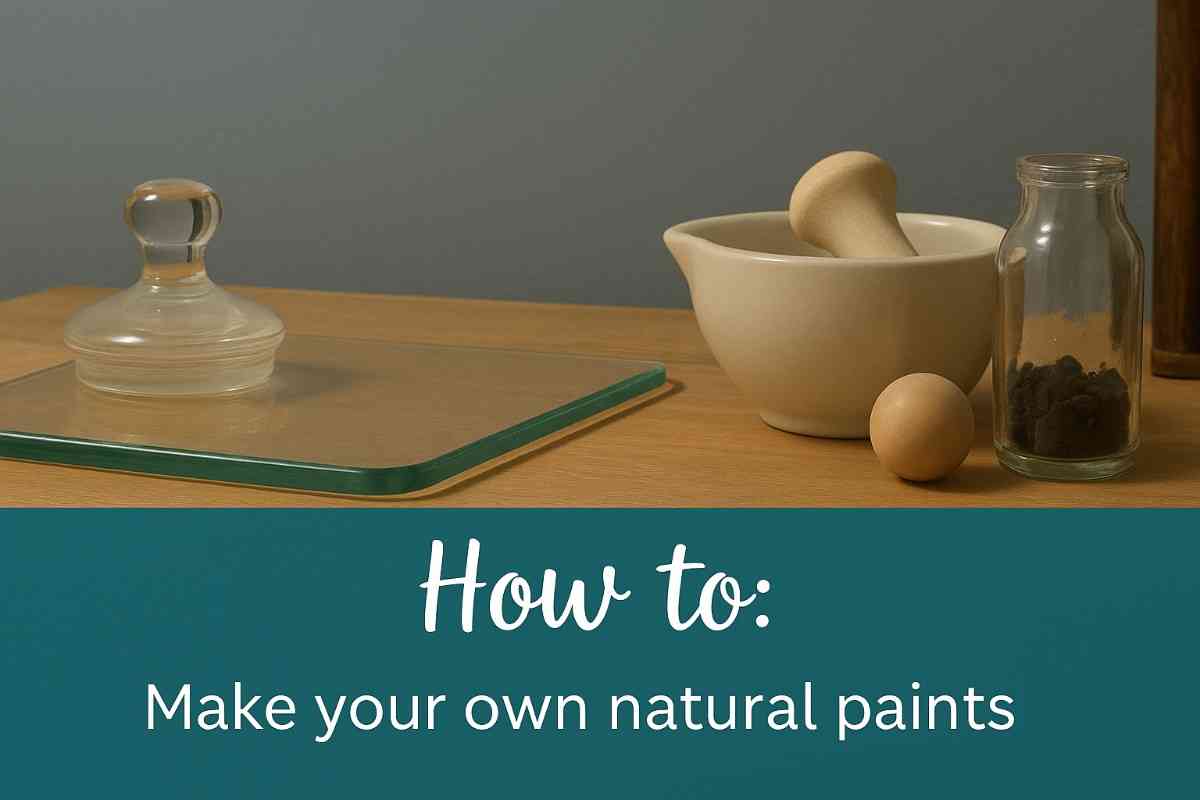
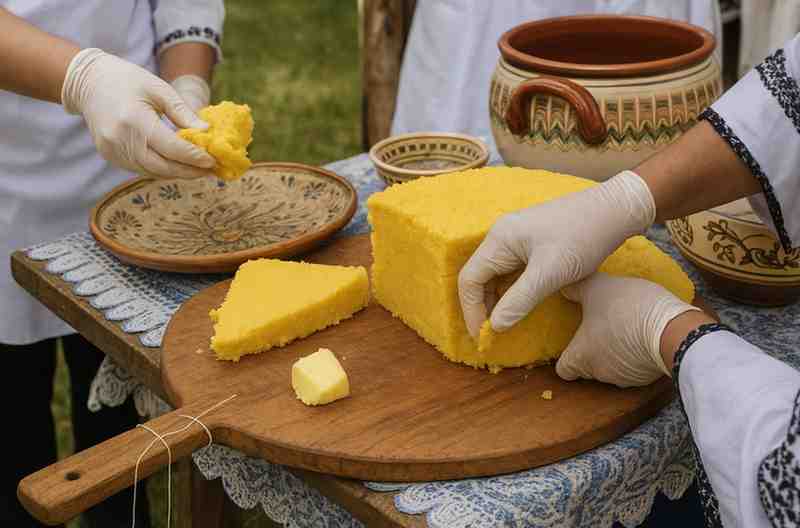


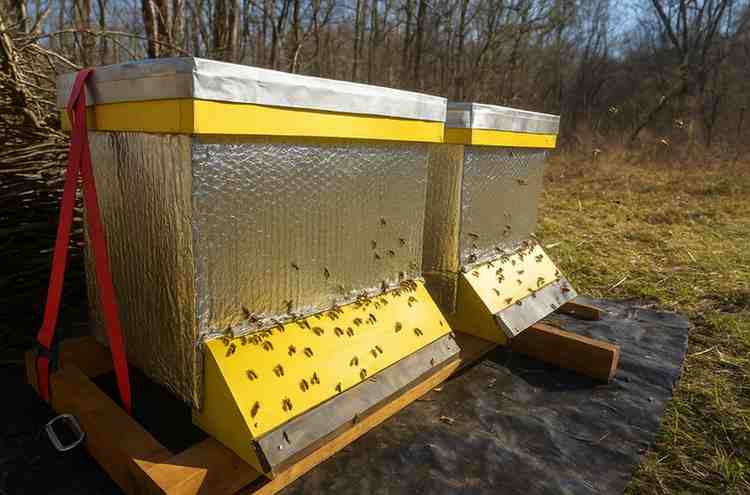

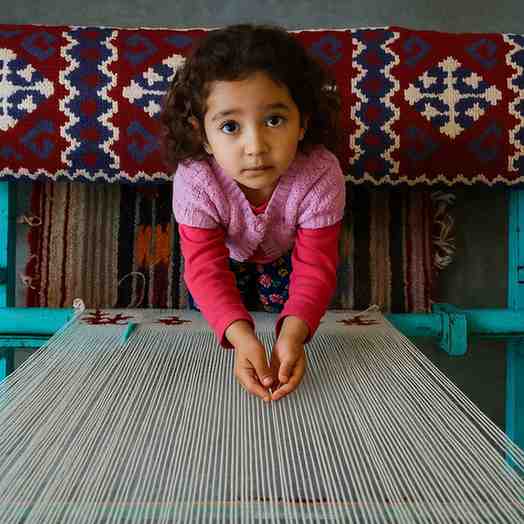
Leave a Reply